Art & Exhibitions
In Pictures: How French Rococo Design Shaped Some of Disney’s Most Beloved Films, From ‘Cinderella’ to ‘Sleeping Beauty’
A show at the Met suggests that Rococo design had a major influence on the animation studio.
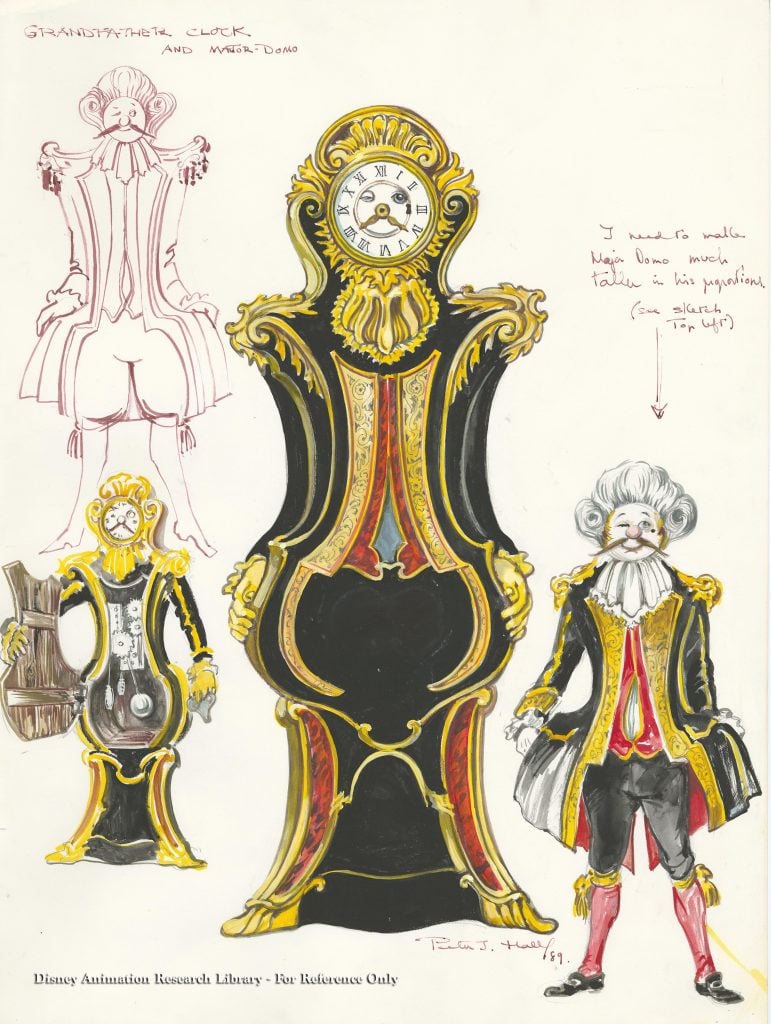
A show at the Met suggests that Rococo design had a major influence on the animation studio.

Artnet News

In the 1991 animated film Beauty and the Beast, a young woman, Belle, dances and sings inside a magical castle where inanimate objects come to life. The cast of characters includes a French-accented candelabra and a flirtatious feather duster; a matronly teapot and her son, a teacup; a pendulum clock; and a loud-mouthed wardrobe.
These may seem like figments of animators’ imaginations, but in fact their genesis comes directly from the French Rococo, the decorative and indulgent 18th-century style that sought to bring levity and liveliness to the dark seriousness of the Baroque.
The parallel desires of 18th-century Rococo artisans and 20th-century Disney animators—to inspire, delight, and awe their audiences—are the crux of the exhibition “Inspiring Walt Disney: The Animation of French Decorative Arts,” on view now at the Metropolitan Museum of Art.
In all, dozens of Rococo art objects from the Met’s own treasure trove are on view alongside 150 original artworks from the Disney Studio from three animated films: Cinderella (1950), Sleeping Beauty (1959), and Beauty and the Beast (1991).
Although the term “Disneyfication” tends to be used negatively, Max Hollein, the museum’s director, writes that Walt Disney exerted an influence like few others.
“It is hard to think of any other American who has had as far-reaching and long-lasting an impact on the visual arts,” he writes.
Below, see images from the exhibition.
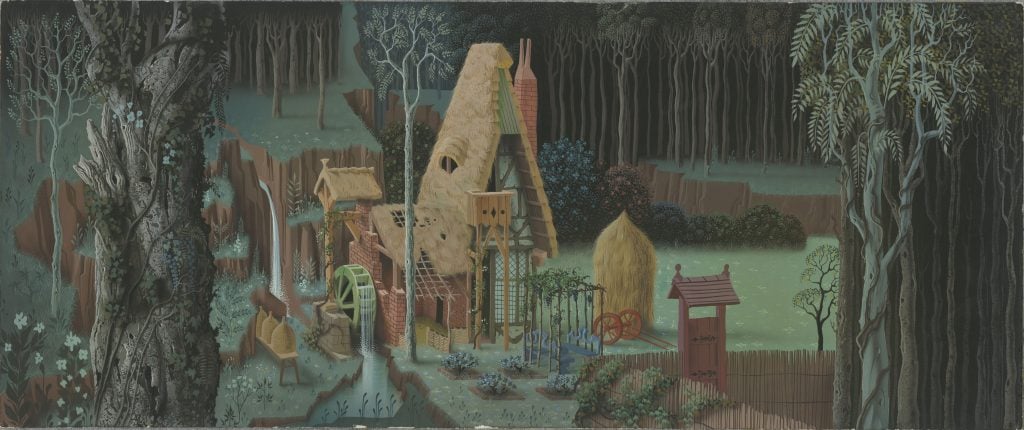
Eyvind Earle, Sleeping Beauty (1959). Walt Disney Animation Research Library. © Disney.
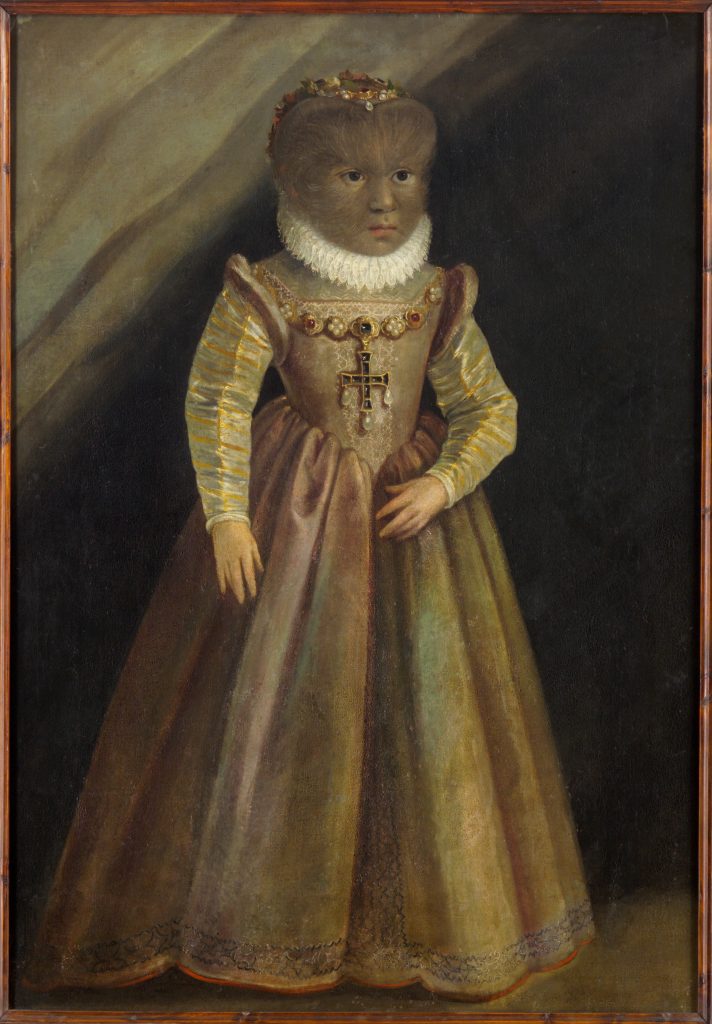
Anonymous, Portrait of Magdalena Gonzales (1580). Schloss Ambras, Kunsthistoriches Museum, Vienna © KHM-Museumsverband.
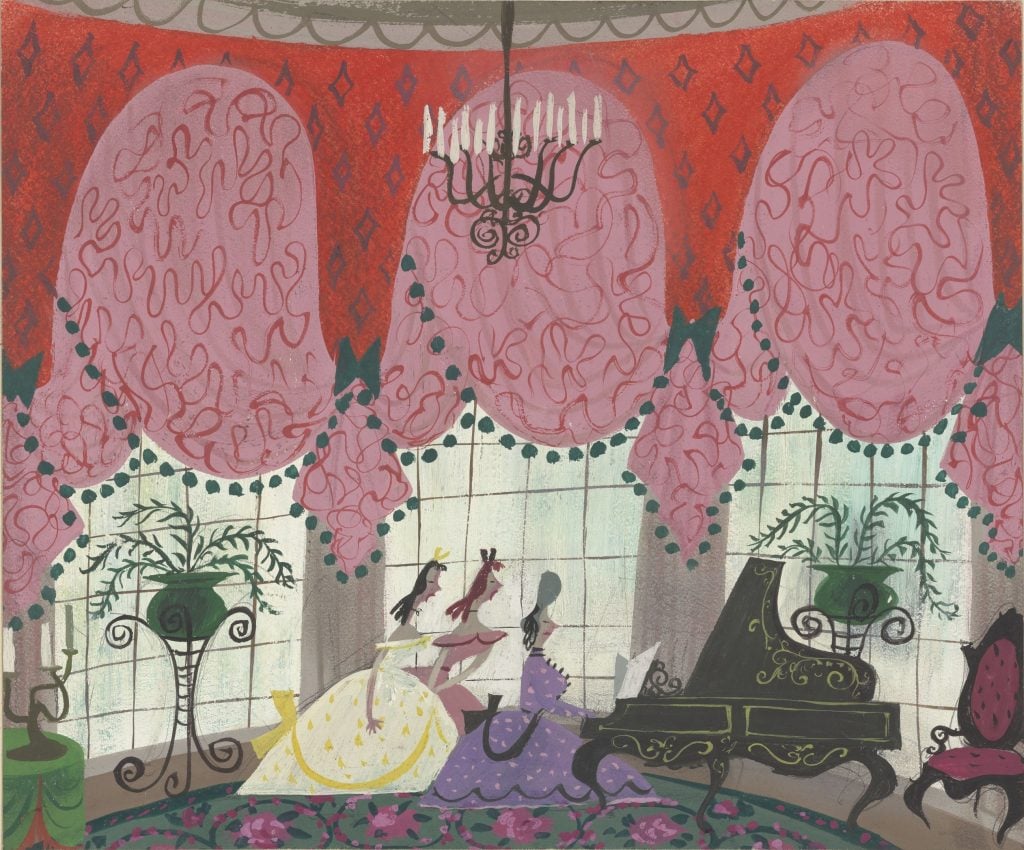
Mary Blair, Cinderella (1950). Walt Disney Animation Research Library © Disney.
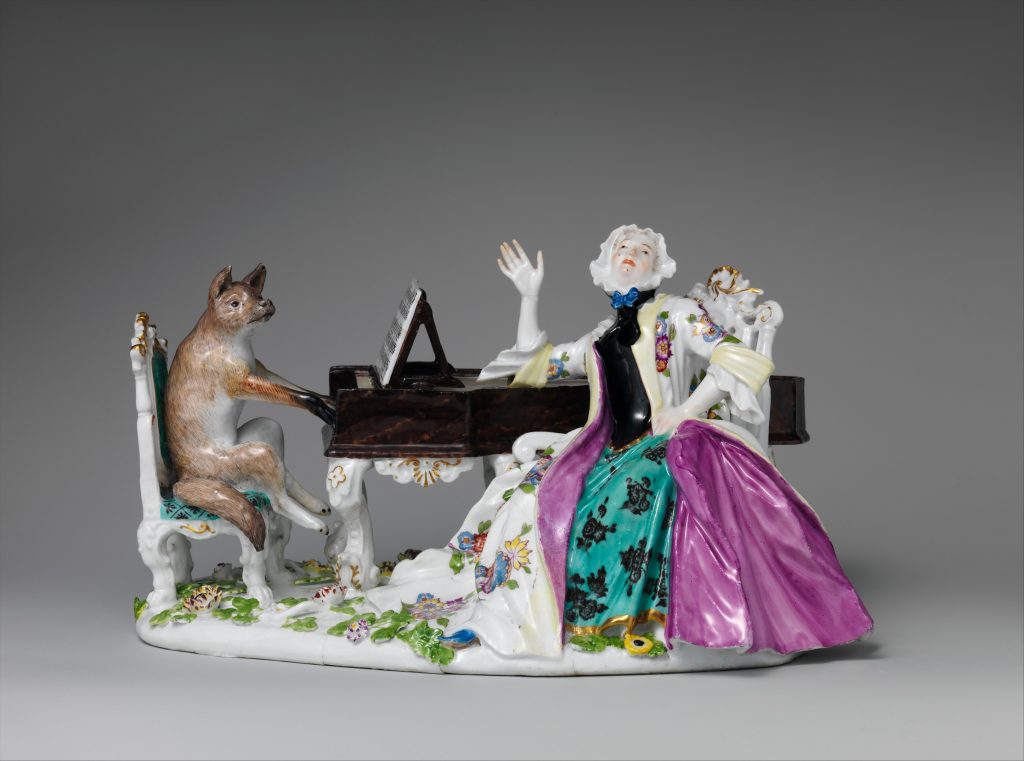
Meissen Manufactory, Johann Joachim Kändler, Faustina Bordoni and Fox (ca. 1743). Courtesy of the Met.

Frank Armitage, Le Chateau de la Belle au Bois Dormant, Disneyland Paris, (1988). Walt Disney Imagineering Collection
© Disney
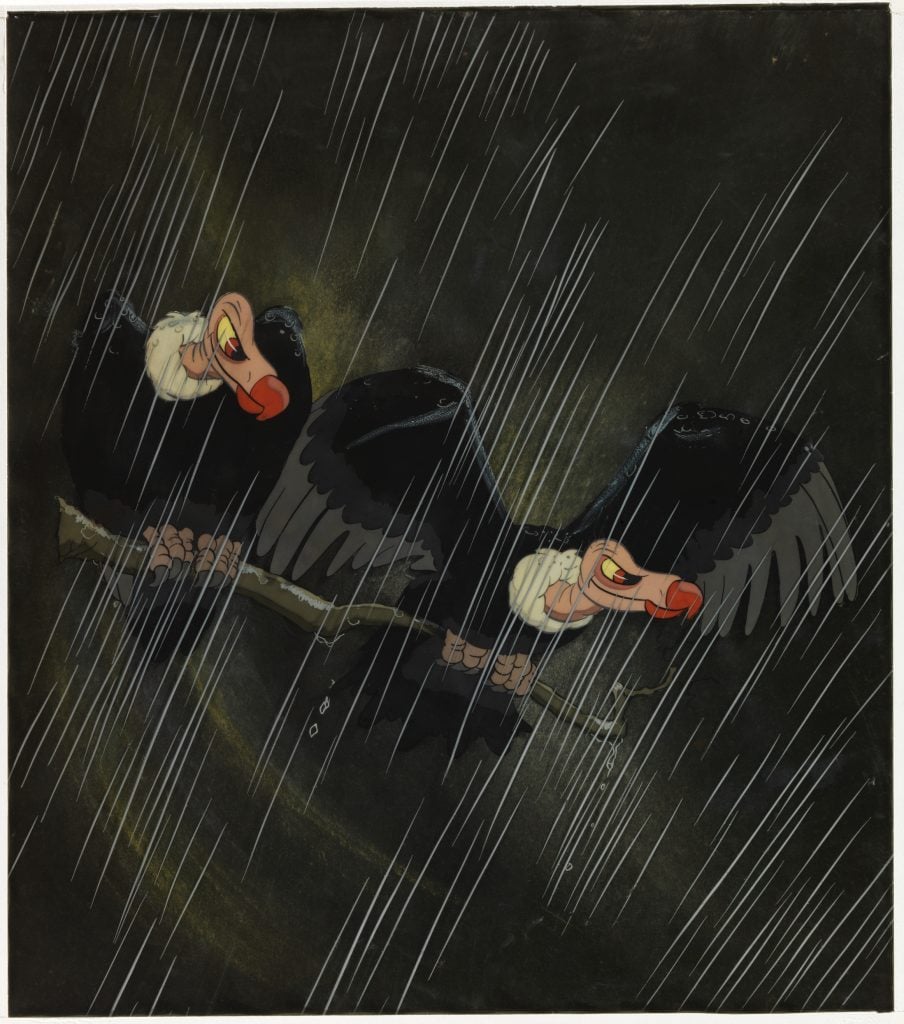
Walt Disney Studios, The Vultures (ca. 1937). Courtesy of the Met.
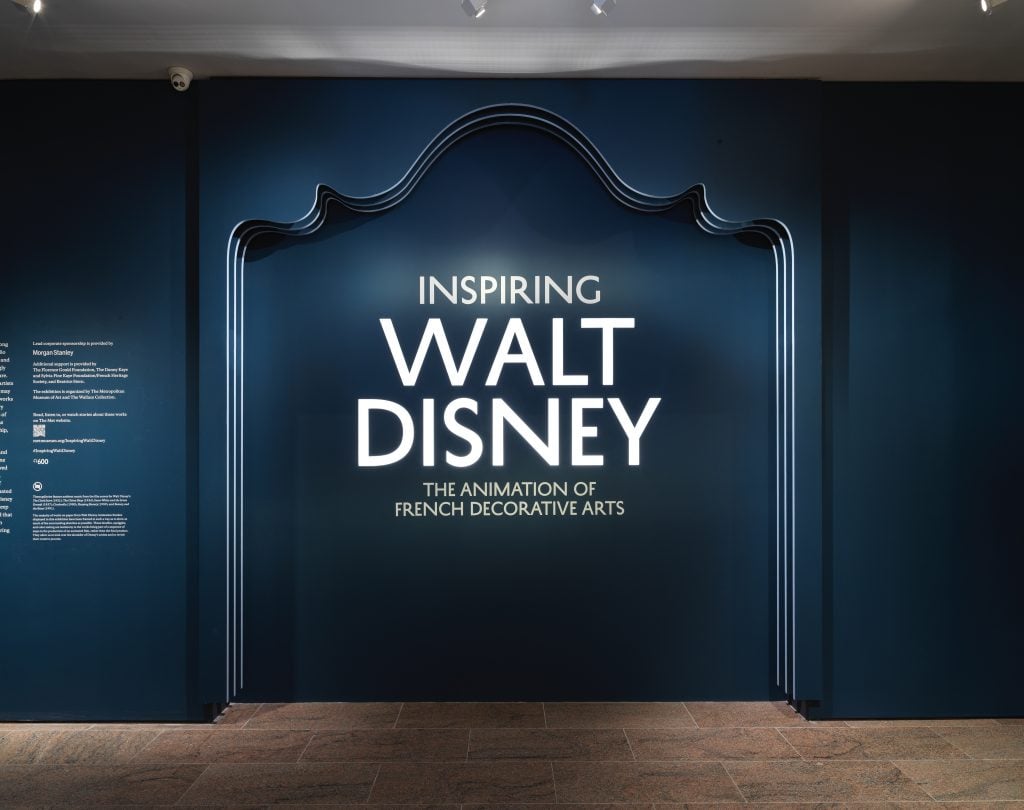
Installation view, “Inspiring Walt Disney: The Animation of French Decorative Arts at The Metropolitan Museum of Art.” Photo: Paul Lachenauer, Courtesy of The Met. © Disney
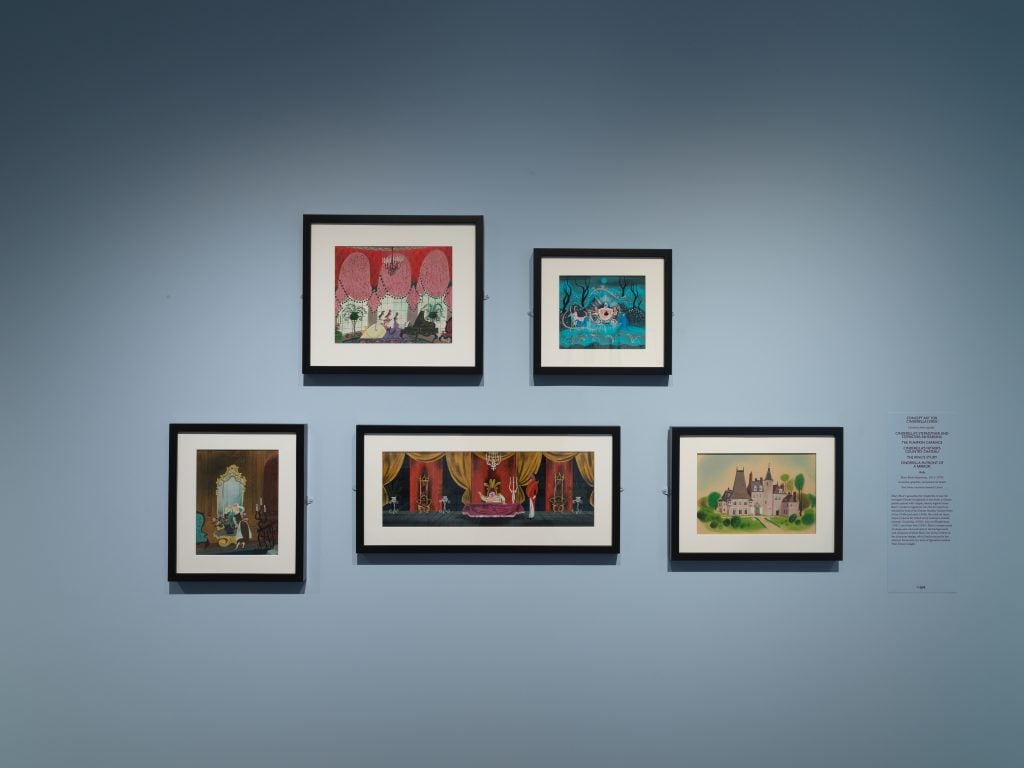
Installation view, “Inspiring Walt Disney: The Animation of French Decorative Arts at The Metropolitan Museum of Art.” Photo: Paul Lachenauer, Courtesy of The Met. © Disney
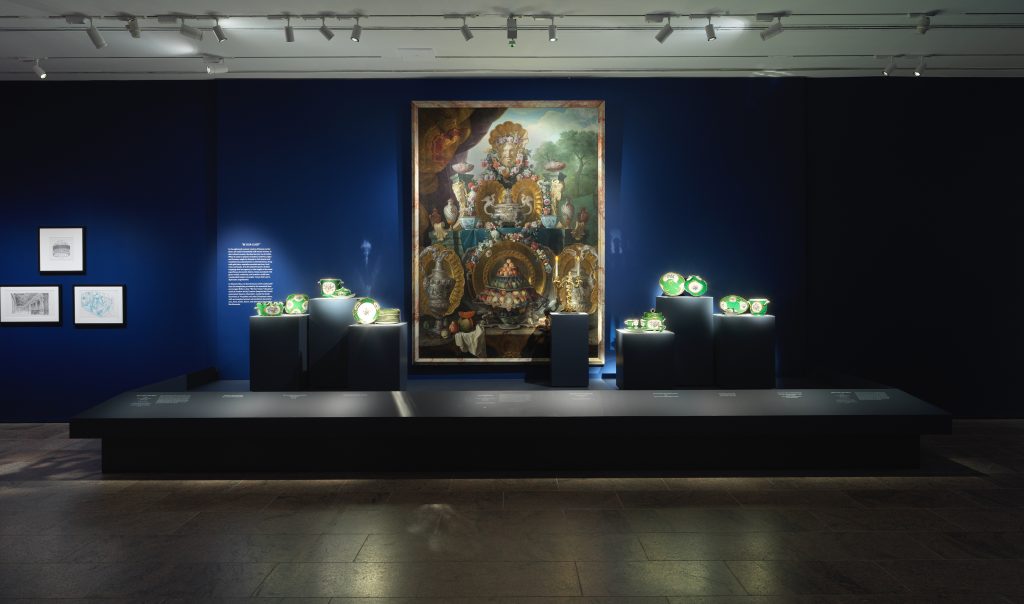
Installation view, “Inspiring Walt Disney: The Animation of French Decorative Arts at The Metropolitan Museum of Art.” Photo: Paul Lachenauer, Courtesy of The Met. © Disney
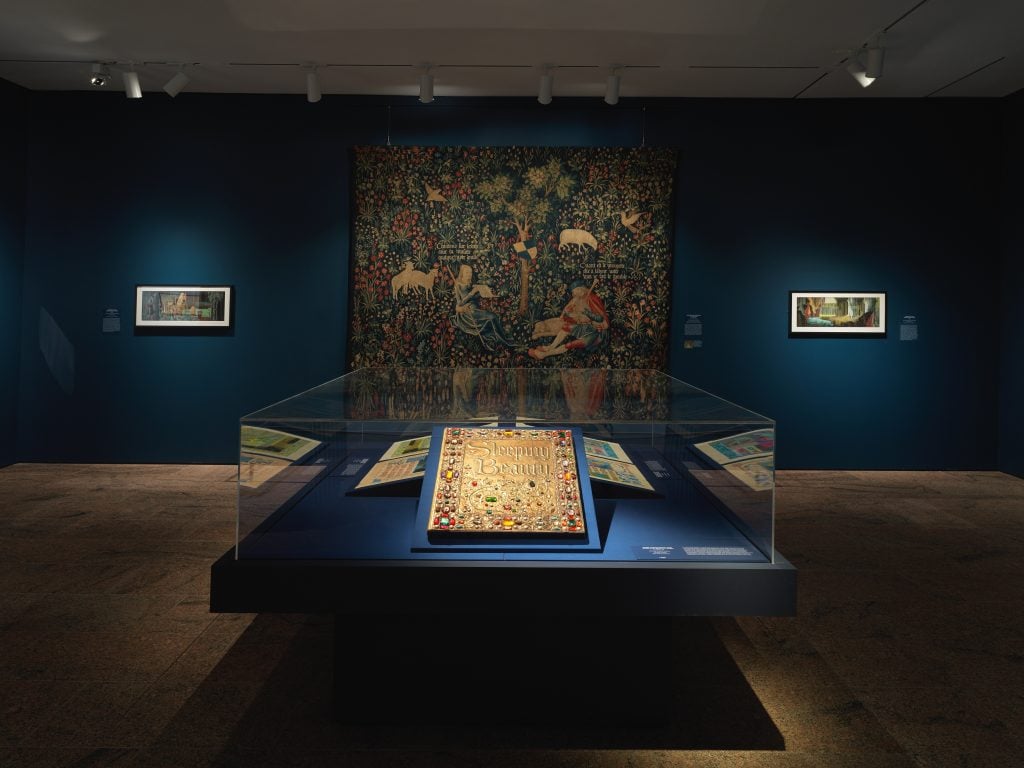
Installation view, “Inspiring Walt Disney: The Animation of French Decorative Arts at The Metropolitan Museum of Art.” Photo: Paul Lachenauer, Courtesy of The Met. © Disney